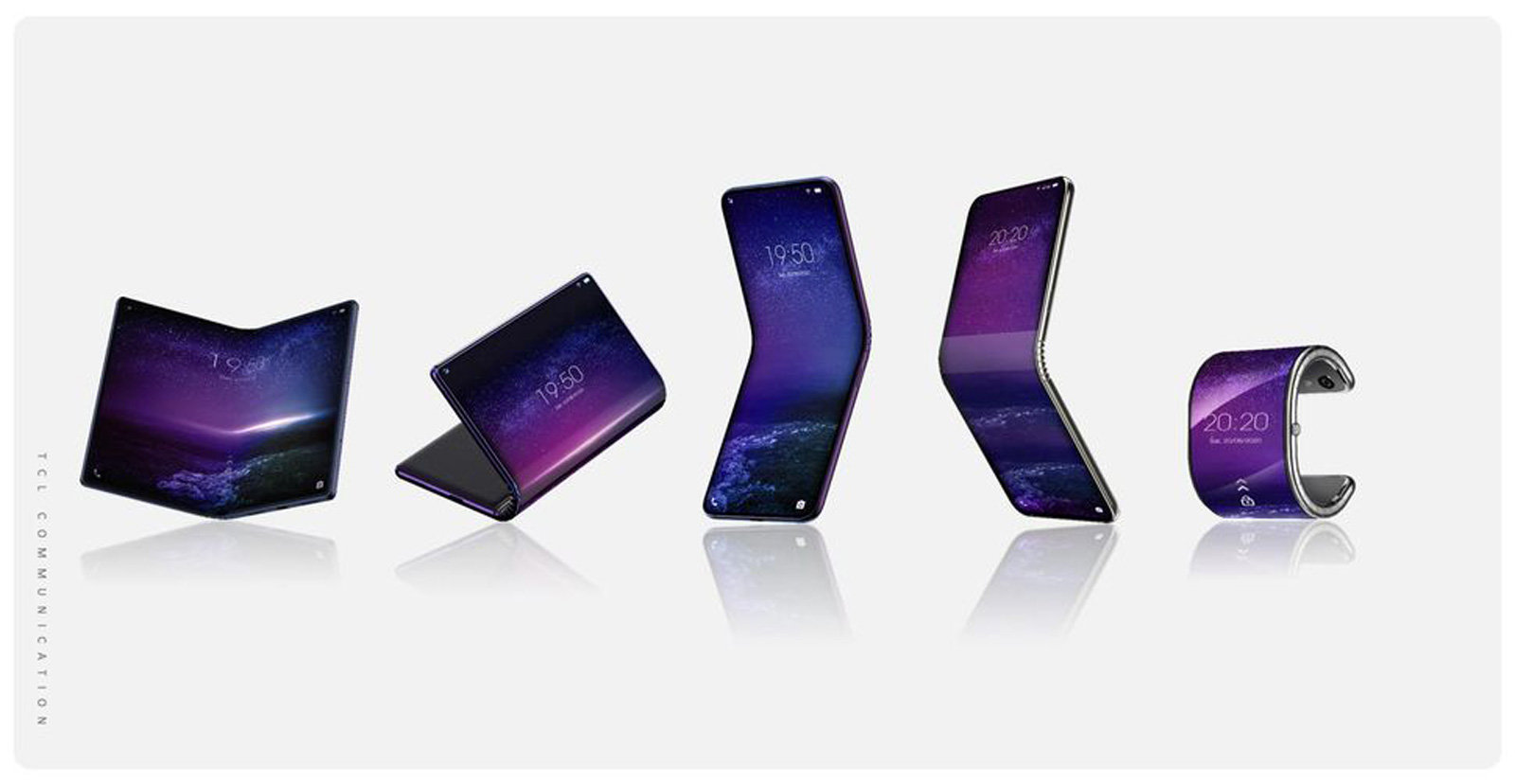Featured
Will foldable screens converge all device formats?
Over the past 10 years, smartphones have absorbed the functionality of many standalone devices. Could computers be next?
Share
- Click to share on Twitter (Opens in new window)
- Click to share on Facebook (Opens in new window)
- Click to share on LinkedIn (Opens in new window)
- Click to email a link to a friend (Opens in new window)
- Click to share on Reddit (Opens in new window)
- Click to share on WhatsApp (Opens in new window)
- Click to share on Pinterest (Opens in new window)
By ERNST WITTMANN, global account director MEA & country manager – Southern Africa, at TCL
Over the past 10 years, smartphones have eased dedicated personal navigation devices, standalone cameras, and alarm clocks out of most of our lives. Could notebook and desktop computers be next? Don’t bet against it—a combination of our changing habits and new technologies could one day turn the standalone computer into a niche device, in much the same way as SLR cameras are today
At MWC Barcelona 2019, we saw another importance milestone on a road that may one day lead us to the convergence of tablets, PCs and smartphones in one device. Foldable displays were the hot news at the event, with consumers getting a glimpse of futuristic devices that can be folded down to smartwatch size to wear on your wrist or rolled out to the size of a tablet.
The appeal is easy to understand: wouldn’t it be convenient to a have a single device that fits in your pocket that you can use for everything from watching your favourite Netflix series on a decent-sized, high-resolution screen to working in your company financials to writing up a blog post and editing the images you will use?
As of now, we are doing more and more tasks on our smartphones—from email to online banking to comparative shopping to catching up on social media to running presentations— but there are still many tasks where the PC reigns supreme. Though there are pocket versions of most of our favourite productivity apps, there are still some tasks were a computer offers a better user experience.
This includes most apps were a larger screen and keyboard enable you to get your task done faster or more enjoyably—word processing, Excel spreadsheets and video streaming, for example. We still face the choice of watching the latest episode of Game of Thrones on a small display or taking a notebook with us wherever we go.
The future of the tablet?
Many people once thought media tablets would close this gap, but not every mainstream user wants to carry more than one device around with them. Tablets have some great use cases—for instance, as low-cost computing devices in emerging markets, as educational tools, or as media consumption devices for children—but many people can’t justify owning a tablet, a notebook and a smartphone.
A foldable phone that is as compact as a smartphone with the screen real-estate of a tablet may thus be more appealing than many cynics think. From there, who knows what may happen? Given that tablets have meet up with notebooks in two-in-one form factors, it is not farfetched to think that notebooks and smartphones will also start to move closer together in the next decade.
For now, PC manufacturers can breathe easy. Strategy Analytics forecasts global sales of just 1.2 million foldable phones this year, which will rise to around 64.9 million phones in 2023, or a mere 3.5% of projected global smartphone sales that year. In other words, the foldable phone will be a specialist device for a while yet.
But in the longer term, advancements in battery life and processing power, coupled with more elegant voice-based user interfaces and cheaper, better foldables could mean that there won’t be much your PC can do better than your smartphone any more. Imagine how great it will be to have only one compact device in your life that you can take everywhere you go.
Share
- Click to share on Twitter (Opens in new window)
- Click to share on Facebook (Opens in new window)
- Click to share on LinkedIn (Opens in new window)
- Click to email a link to a friend (Opens in new window)
- Click to share on Reddit (Opens in new window)
- Click to share on WhatsApp (Opens in new window)
- Click to share on Pinterest (Opens in new window)
| Thank you for Signing Up |

















